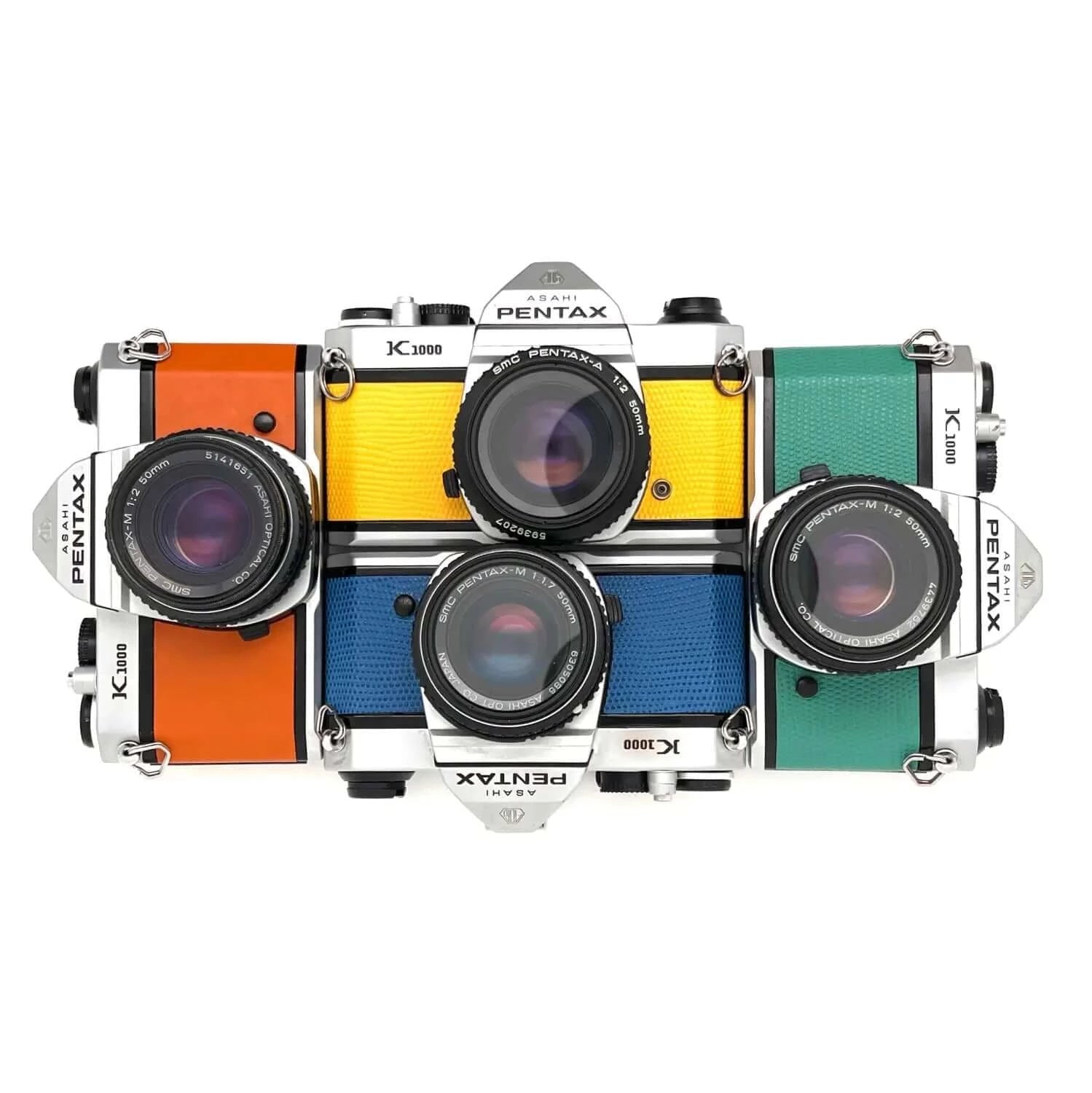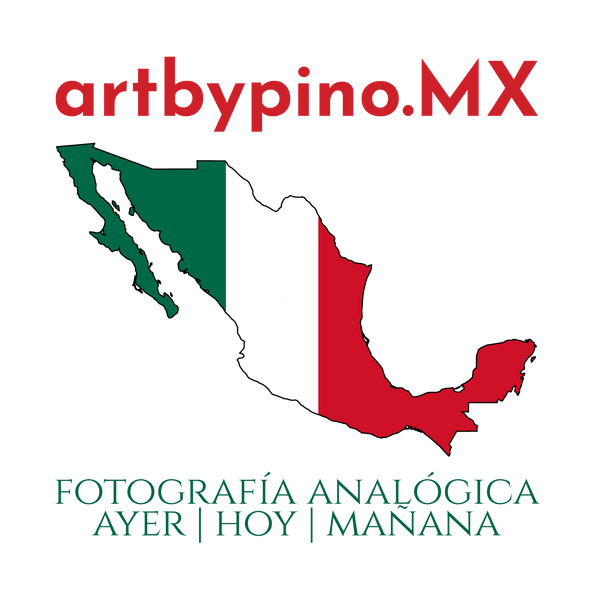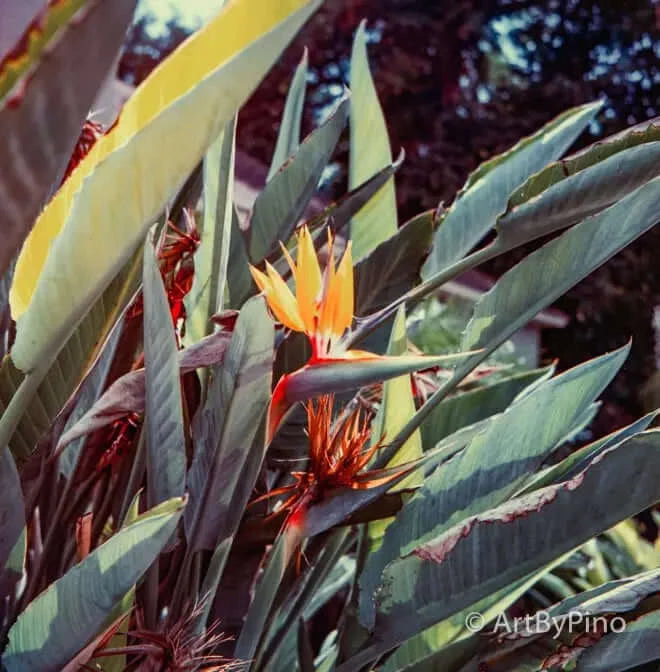
Film Photography Revival: Reasons It’s Making a Resurgence
Share
Film Photography Revival: 12 Reasons It’s Making a Strong Resurgence in 2025
Curious About the Film Photography Comeback? FAQs Answered
-
Is film photography still relevant in 2025? Yes! It’s thriving with new films, cameras, and a passionate global community.
-
Are 35mm, 120, or large format films still made? Absolutely—Kodak, Ilford, and others are launching new stocks regularly.
-
Is this just a fleeting trend like Lomography? Nope, it’s a sustained movement, backed by rising sales and re-manufactured cameras.
-
Does Instax count as film photography? Not quite—it’s instant, while actual film involves a hands-on development process.
-
Where can I buy reliable film cameras? Check trusted sellers on eBay or Etsy for serviced models, or explore new ones like the Pentax 17.
New to film? Dive into our beginner’s guide: How to Get Started in Film Photography.
Film photography isn’t just hanging on—it’s roaring back to life. Vintage cameras, such as the Canon AE-1 or Nikon F3, are fetching prices higher than some professional digital SLRs, with eBay reporting 25-50% annual price spikes for sought-after models. Hobbyists are hooked, and pros are weaving film into premium offerings for weddings and portraits, delivering timeless results clients love.
Some call it nostalgia, like vinyl records, which outsold CDs in 2022. But the numbers don’t lie: film’s resurgence is real. Kodak’s 2024 sales of film stocks surged 20%, and manufacturers are doubling down. Kodak revived Ektachrome in 2017 and expanded Gold 200 to 120 format. CineStill launched 400D in 2022, followed by Ilford’s Kentmere 100/400 in 120. ORWO Wolfen debuted the NC500 and NC400 color films, and Harman Photo introduced Phoenix 200 in 2023, upgrading to Version II in July 2025 based on feedback from photographers. New cameras, such as Leica’s reissued M6 ($5,900 body-only) and Pentax’s 2024 release, the Pentax 17, signal industry confidence.
Online, the movement thrives: Reddit’s r/analog boasts 1.5 million members, and YouTube channels like Negative Feedback (500K+ subscribers) fuel enthusiasm with tutorials. This isn’t a fad—it’s a global revival with staying power.
What Is Film Photography?
Film photography uses analog cameras with light-sensitive film (35mm, 120 medium format, or 4x5 large format). You expose the film to light, then develop it chemically to create negatives or slides, which can be printed in a darkroom or scanned digitally. Unlike digital’s instant previews, film demands patience and skill. Instant formats like Instax differ due to their self-developing nature—here, we focus on the classic film process.
EXAMPLES OF FILM PHOTOGRAPHY
12 Reasons Film Photography Is Making a Comeback
From its soulful aesthetic to cultural shifts, here’s why film is captivating photographers in 2025:
1. Authenticity and Credibility
2. Richer Image Quality
3. Unmatched Aesthetic Appeal
4. Therapeutic and Mindful
5. Handmade Prints
6. Simpler Than Ever
-
Modern kits, such as those from Arista and CineStill, make home developing easy, with online tutorials that significantly reduce the learning curve.
-
Affordable reloaded disposables under $20 let beginners experiment without breaking the bank.
7. Longevity and Cost-Effectiveness
8. Exclusivity for Special Moments
9. Authentic Portraits
10. Nostalgia and Vintage Vibes
11. Thriving Online Communities
12. Escape from Digital Fatigue
Addressing the Doubters: Is Film Really Worth It?
Some argue that film is too expensive or environmentally harmful due to the chemicals. However, costs are manageable—$10-15/roll, plus development—and are competitive with digital gear upgrades. Home kits also help cut expenses. Environmentally, reusable cameras reduce e-waste (film users generate 50% less tech trash than digital-only photographers). The trade-off? Unmatched artistry and durability that digital can’t replicate.
Hybrid Workflows: The Best of Both Worlds
Blend film’s magic with digital’s ease:
Try AI-assisted scanning tools (new in 2025) for sharper, faster results.
Buying Tips: Start Smart
-
Choose Reliable Gear: Buy serviced cameras from reputable sources like eBay, Etsy, or retailers like KEH Camera. Avoid untested garage sale finds—repairs can cost over $ 200.
-
Stock Up: Explore new films like Harman Phoenix 200 or classics like Kodak Portra.
Join the Film Revival!
Ready to shoot analog? Browse our film selection or developing kits. Need help? Contact us for tailored advice. Sign up for our newsletter for weekly film tips and inspiration!











19 comments
I have been taking film pictures longtime ago until now. However, in the last 2 years, the price of film: 35, 120…black and white as well as color ones are increasing a lot day by day. I really don’t know if the price of film becomes too expensive, then people have to give up film photography. What we are going to do now ???
An interesting article. Please may I introduce you to my Unique Projection Photography. I believe your readers will be intrigued by what I was doing in the early 1960’s whilst using Kodachrome.
Projection Photography the Best Way of ‘Painting With Light’ by John Neville Cohen
My own invented technique was a unique form of ‘Painting with Light’ where the projected images were blended and manipulated with crystals, reflections, textures, and coloured filters.
The images were not always projected onto a screen, and the chosen screen often became the subject of the picture; for example, I have photographed projected images; on a feather, a flower, a shell, a leaf, a butterfly wing, and even on to the edges of the pages of a book. Images can be blended too, by using more than one projector.
See ‘Projection Photography Special Effects – The Magic Lantern’ at my website jncohen – net/Projection-Photography/, which explains exactly how my award-winning photographs were created without computers, or any darkroom chemistry!
My most famous picture was ‘Spirit of Spring’ – this was the first ever picture taken on Kodachrome, that included both a negative of a tulip, and a positive image of a girl’s portrait, all on the same emulsion!
“…regarded as one of Britain’s most original photographers.” The Times.
“A woman’s face was exquisitely metamorphosed with the cup of a yellow tulip – a Femme – Fleur Picasso might have perpetrated had he taken to photography.” Arts Revue.
I have been seriously considering selling
my Leica M3. after reading this changed my mind! Thanks!
I enjoyed your article, I see the evolution of imprint medium natural with the progression of technology, film is to painting as is digital is to film. my name is Dwayne. I also enjoy film photography, my first cameras were a Pentax K-1000(35mm) and a Yashica twin lens reflex(120). I shot mostly black and white film speed between 200 to 400. my preferred subjects were abandoned industrial machines and buildings. I now shoot mostly digital (RAW) thank for allowing us to share.